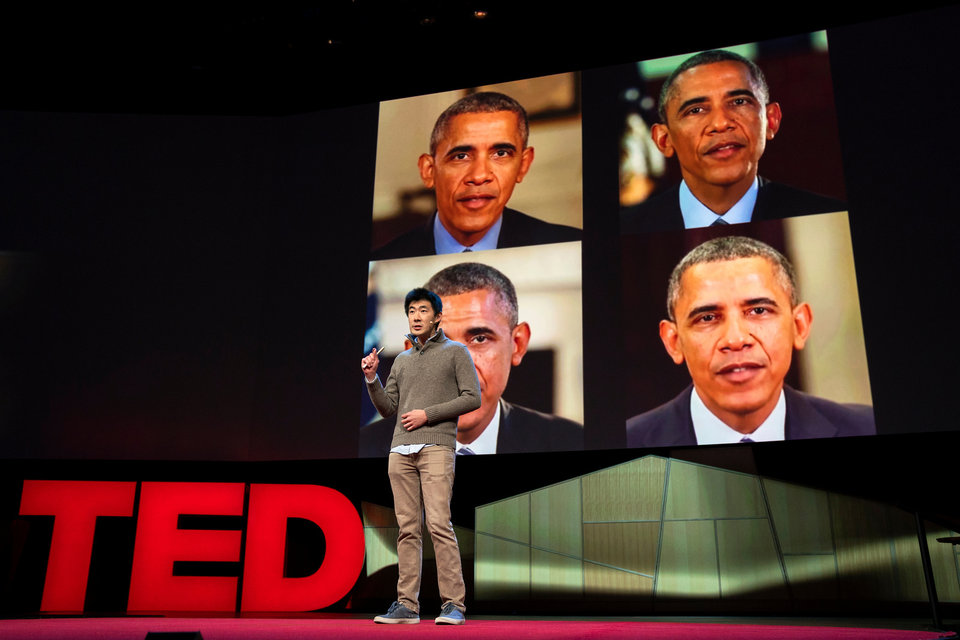
A Google computer scientist says his new lip-reading technology has terrifying implications for fake news
- Google PC researcher Supasorn Suwajanakorn has made a lip-perusing innovation that can make persuading, counterfeit recordings of VIPs saying anything he needs.
- The PC program figures out how to emulate the way a man talks by watching recordings of them talking.
- It made a phony (and persuading) video regarding Obama giving a discourse after it was bolstered only 14 hours of presidential locations.
- Suwajanakorn said the innovation could have horrible results in the event that it gets “in the wrong hands.”
In a time of phony news, we can even now depend without anyone else eyes to detect reality, correct? Off-base.
PC researcher Supasorn Suwajanakorn, now an examination inhabitant at Google Brain, has made another sort of lip-perusing innovation that can make a phony video of pretty much anybody that looks and sounds precisely like them.
All the program needs is a couple of photographs and recordings to gain from. Suwajanakorn showed the device in front of an audience in Vancouver at the 2018 TED Conference on Wednesday.
He said the new framework, which he made as a PhD proposal venture at the University of Washington, utilizes a neural learning system to copy developments in the mouth and teeth of a man from video film. Generally, the PC calculation shows itself to emulate precisely how a man talks by watching them again and again.
Suwajanakorn has as of now effectively made phony recordings of superstars like Tom Hanks and previous president Barack Obama utilizing just pictures and recordings that are promptly accessible on the web.
He said it doesn’t generally make a difference what sorts of outward appearances a man makes or which words they say. The only thing that is important is that the framework has enough information to get on a speaker’s peculiarities by concentrate the subject’s teeth, lip developments, and jaw shape.
From that point, the potential outcomes for counterfeit recordings end up perpetual.
Indeed, Suwajanakorn’s lip-perusing innovation which he made with two educators while working in an illustrations vision lab at UW is convincing to the point that Google procured him to take a shot at its vision and designs frameworks.
Suwajanakorn said the system still has far to go before it will have the capacity to “completely demonstrate distinctive individuals” from make a beeline for toe. However, he’s as of now worried about what the strategy’s results may be for counterfeit news.
“We don’t need it to be in the wrong hands,”
Suwajanakorn told the group at TED.
“So we must be extremely watchful about it.”
There are signs that some comparable innovation may as of now be in the “wrong hands,” however. As of late, individuals have begun making counterfeit sex recordings online by swapping out the characteristics of porn stars for famous people like Taylor Swift and Gal Gadot, as Vice News revealed in January.
The face-impersonating innovation isn’t intrinsically awful, obviously. Suwajanakorn said this sort of video-displaying could be an awesome method to do positive and instructive things, similar to recount more verifiable stories in clear ways. For instance, he demonstrated a video of a holocaust survivor recounting his own particular story to the group of onlookers.
Investigate what Suwajanakorn could make to mimic previous President Obama, with only 14 hours of video addresses:
Original article by Hilary Brueck